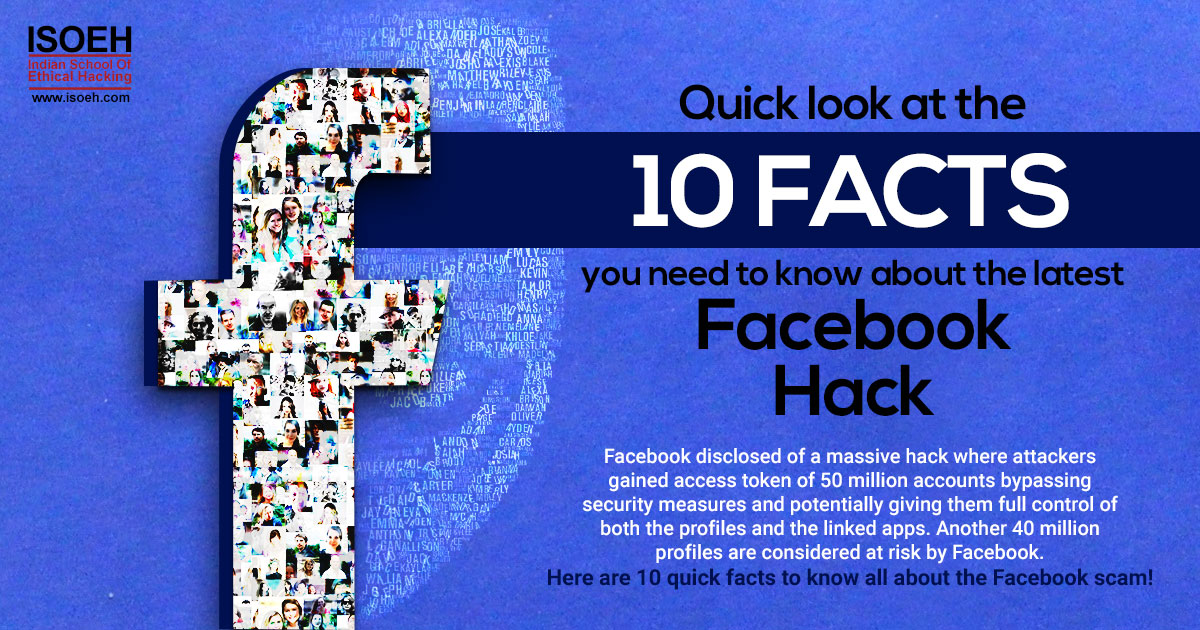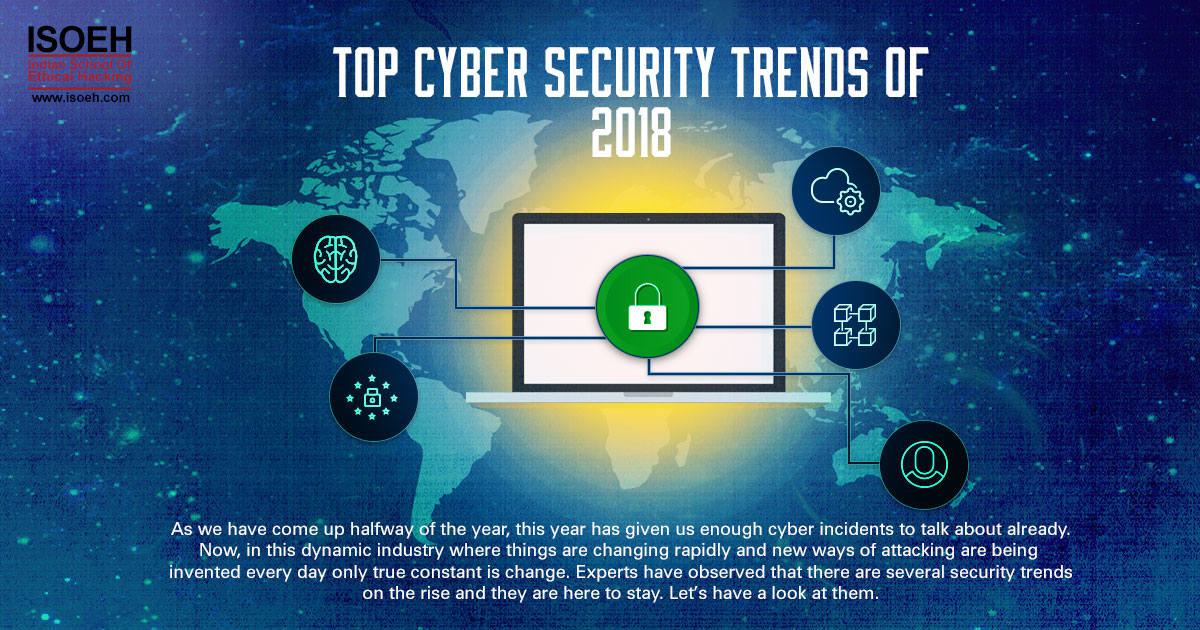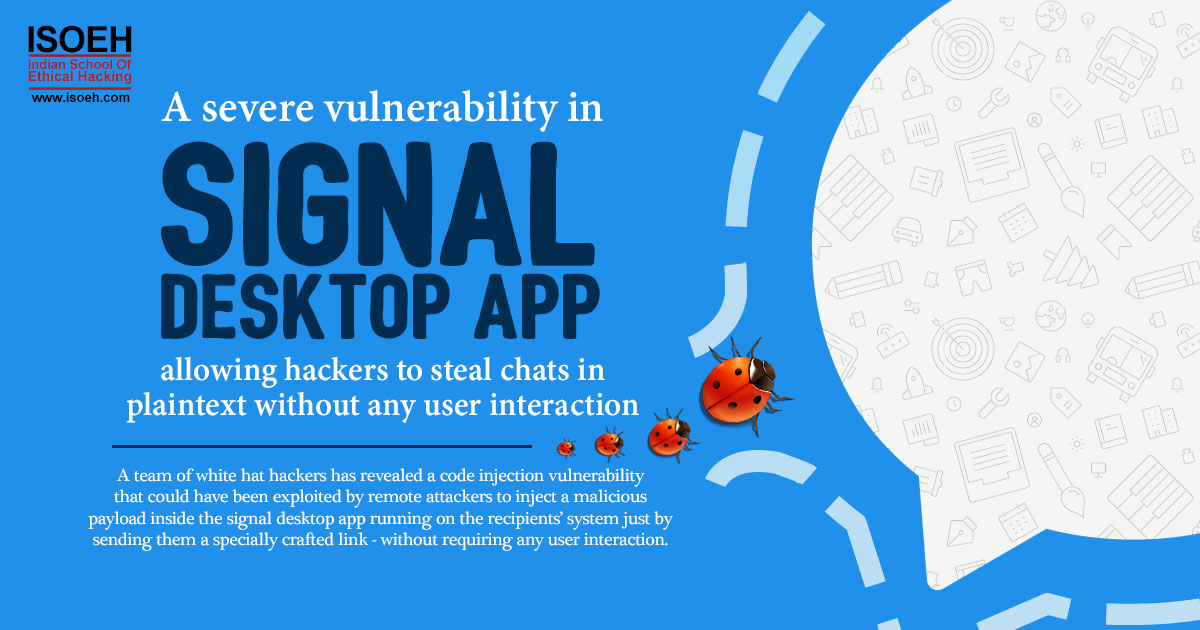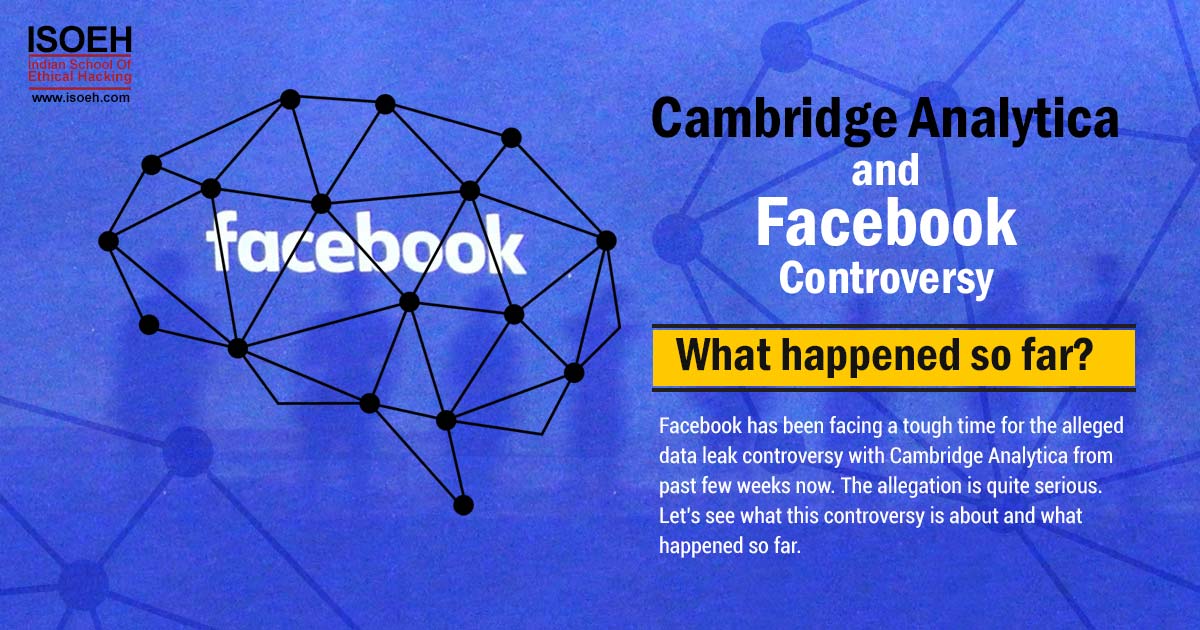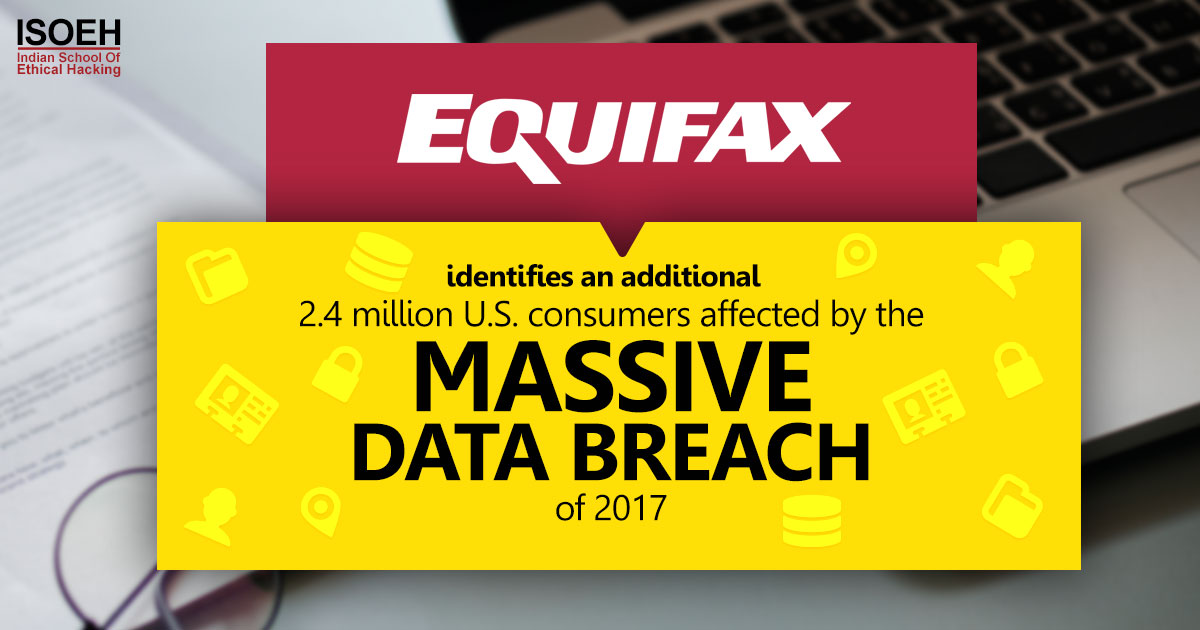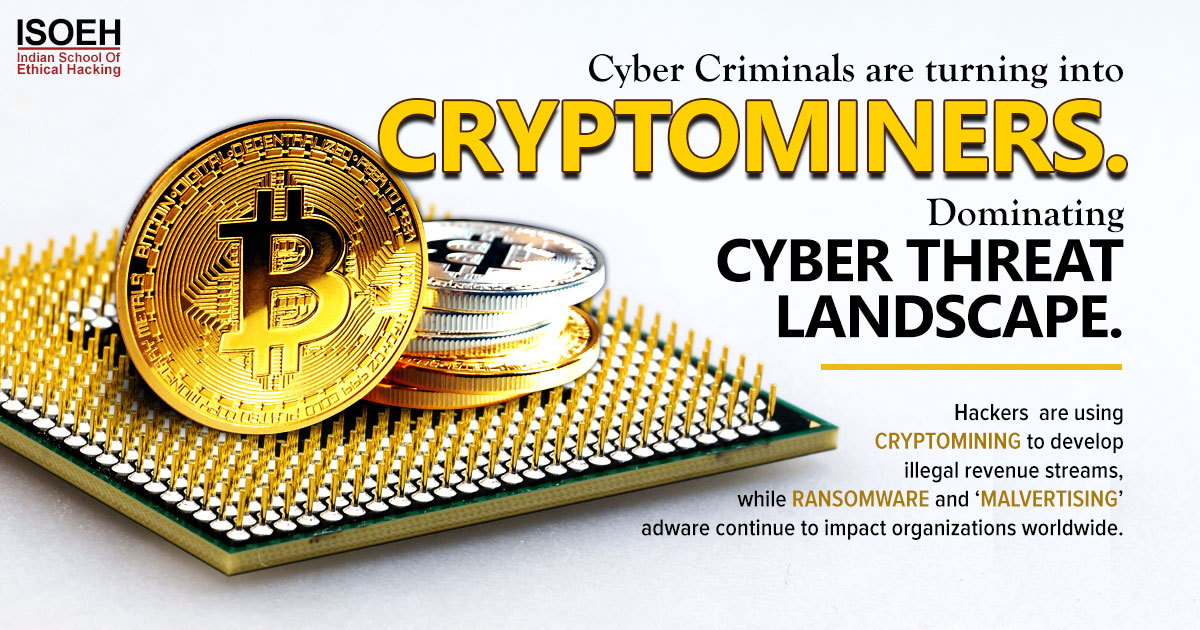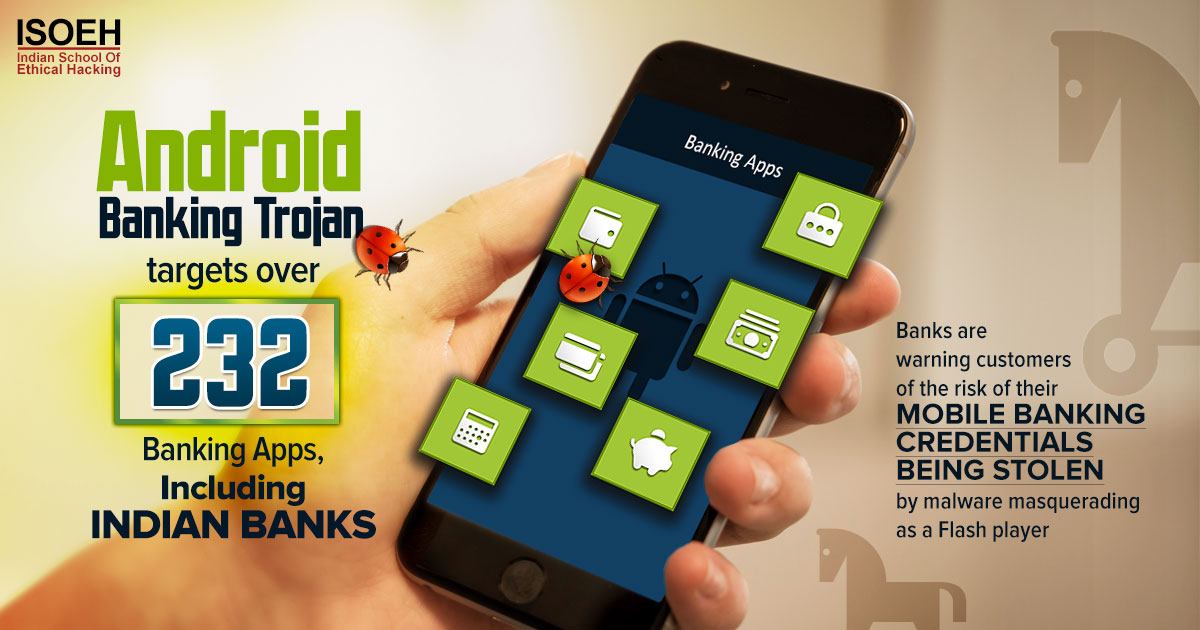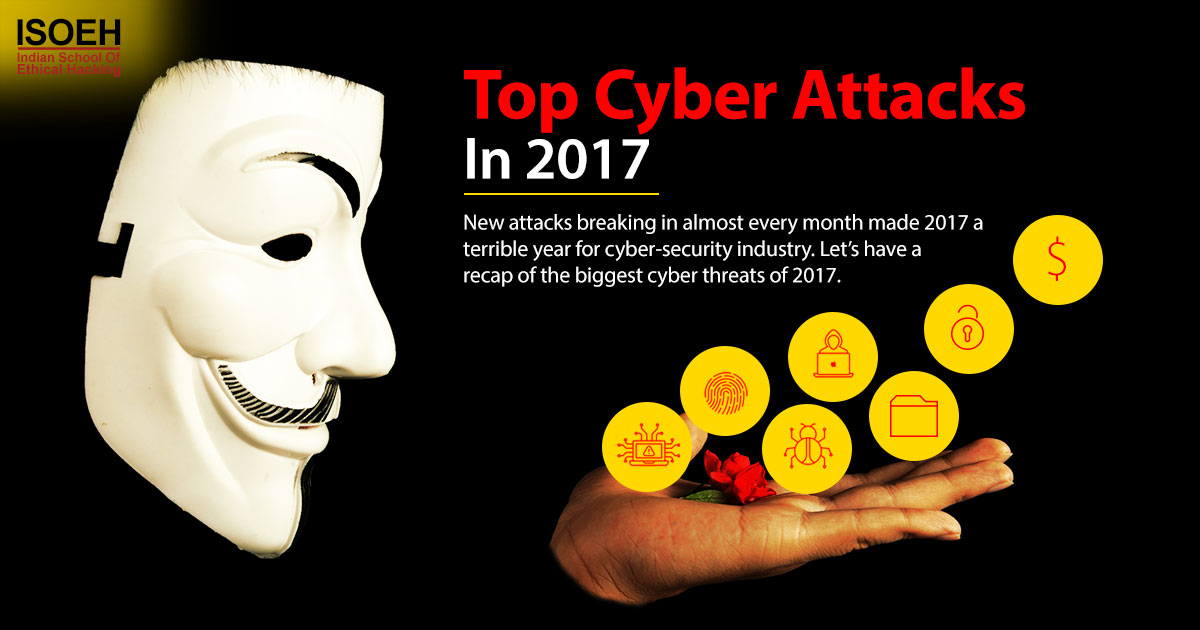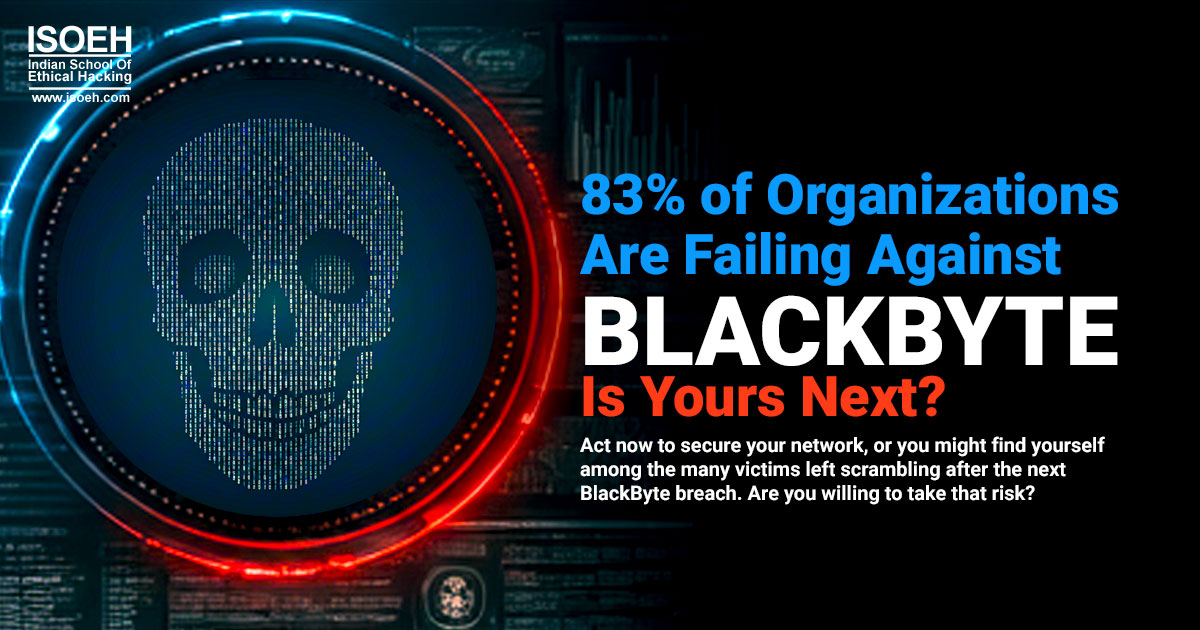
Are you sure your organization is safe from ransomware?
With ransomware attacks becoming more sophisticated every year, BlackByte is now on the frontlines, challenging the security of 83% of organizations globally. This article dives deep into how this dangerous ransomware is targeting businesses and what you can do to stay protected.
What is BlackByte Ransomware?
First identified in 2021, BlackByte is a ransomware-as-a-service (RaaS) operation that has evolved from using basic attack techniques to more advanced methods. Initially written in C#, the ransomware has now been rewritten in Go, allowing it to execute attacks faster and more efficiently. It primarily focuses on data encryption but also employs data exfiltration tools, such as ExByte, to steal sensitive files before deploying the final encryption payload. This means that even if the ransom isn't paid, critical data may already be leaked or sold on the dark web.
What makes BlackByte particularly dangerous is its double-extortion technique. Not only do they encrypt your files, but they also threaten to release your data publicly unless the ransom is paid.
How is BlackByte Attacking Organizations?
- Exploiting Vulnerabilities: BlackByte is adept at exploiting vulnerabilities in commonly used software like VMware ESXi and Microsoft Exchange Servers. For instance, the group has recently been found exploiting an authentication bypass flaw in VMware ESXi (CVE-2024-37085), allowing attackers to gain control over virtual machines. By targeting unpatched systems, the ransomware group has been able to infiltrate networks and cause widespread disruption.
- Living-off-the-Land Techniques: BlackByte uses legitimate tools that are already installed on most corporate systems to carry out attacks. For instance, tools like AnyDesk are used for lateral movement within a network, allowing them to spread quickly without raising suspicion. These techniques make detection harder because the tools themselves are not inherently malicious.
- Phishing and Social Engineering: The initial access often begins with phishing emails or through exploitation of known vulnerabilities like ProxyShell. Once inside the network, BlackByte quickly escalates privileges, accesses sensitive files, and eventually deploys the ransomware across the system.
- Rapid File Exfiltration: BlackByte's ExByte tool is used for stealing files before encryption. This allows the ransomware group to extract sensitive data, which is then used for extortion. The stolen data often ends up on leak sites if the ransom isn't paid, compounding the damage caused by the attack.
Why is BlackByte so Hard to Detect?
One of the reasons 83% of organizations are struggling with BlackByte is because of its stealthy operations. According to Cisco, BlackByte has become known for only disclosing around 20% to 30% of its attacks, making it difficult for security professionals to keep up with its full impact. Many attacks are never reported publicly, leaving organizations in the dark about the scope and scale of the threat.
Moreover, BlackByte employs techniques to disable security defences. For instance, it's known to inject itself into legitimate processes like svchost.exe and disable antivirus programs, allowing the ransomware to execute its payload without being flagged by standard security solutions.
How to Stay Safe from BlackByte Ransomware
Patch and Update Systems Regularly: Ensure that all systems, particularly critical services like VMware and Microsoft Exchange Servers, are regularly updated and patched against known vulnerabilities. BlackByte thrives on exploiting unpatched systems, so staying updated is your first line of defence.
- Implement Network Segmentation: Isolate critical systems from less sensitive ones. This limits the lateral movement of ransomware within your network and prevents full-scale attacks from occurring once a vulnerability is exploited.
- Backup Data Frequently: One of the most effective ways to combat ransomware is by maintaining offline backups. If you're hit by BlackByte, restoring data from a backup can allow you to recover without paying the ransom. Ensure that backups are regularly tested to verify their integrity.
- Enable Multi-Factor Authentication (MFA): Credential theft is a significant part of BlackByte's operation. By enabling MFA on critical accounts, you can reduce the likelihood of unauthorized access, even if credentials are compromised.
- Use Advanced Threat Detection Tools: Tools like Microsoft Sentinel or Endpoint Detection and Response (EDR) can help detect suspicious behaviour early, such as abnormal file access patterns or the sudden shutdown of security services.
Is your organization prepared to face a ransomware attack?
As ransomware groups like BlackByte continue to evolve, no organization is completely safe. The key to surviving these attacks lies in proactivity. If you wait until after an attack to act, it's already too late. The costs associated with ransomware—both financial and reputational—are too high to ignore. Act now to secure your network, or you might find yourself among the many victims left scrambling after the next BlackByte breach. Are you willing to take that risk?
Hacking Tools
Explore All Hacking Tools »
UFTP is an encrypted multicast file transfer program for secure, reliable & efficient transfer of files. It also helps in data distribution over a satellite link.
Read DetailsBreaking News
Breaking News Of Each Month »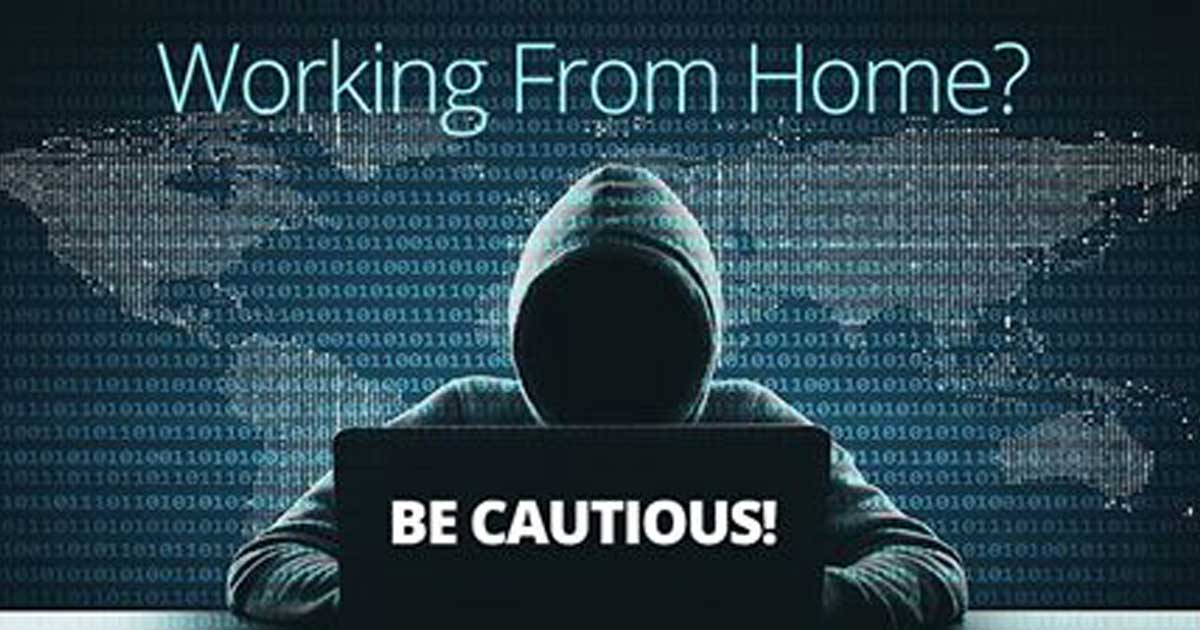
The recent pandemic was unexpected and unknown to most part of the world. It has changed our life and we are slowly adapting to our new lifestyle. The risks associated with the new lifestyle, both personal & corporate, are unknown to most of us.
Read Details



